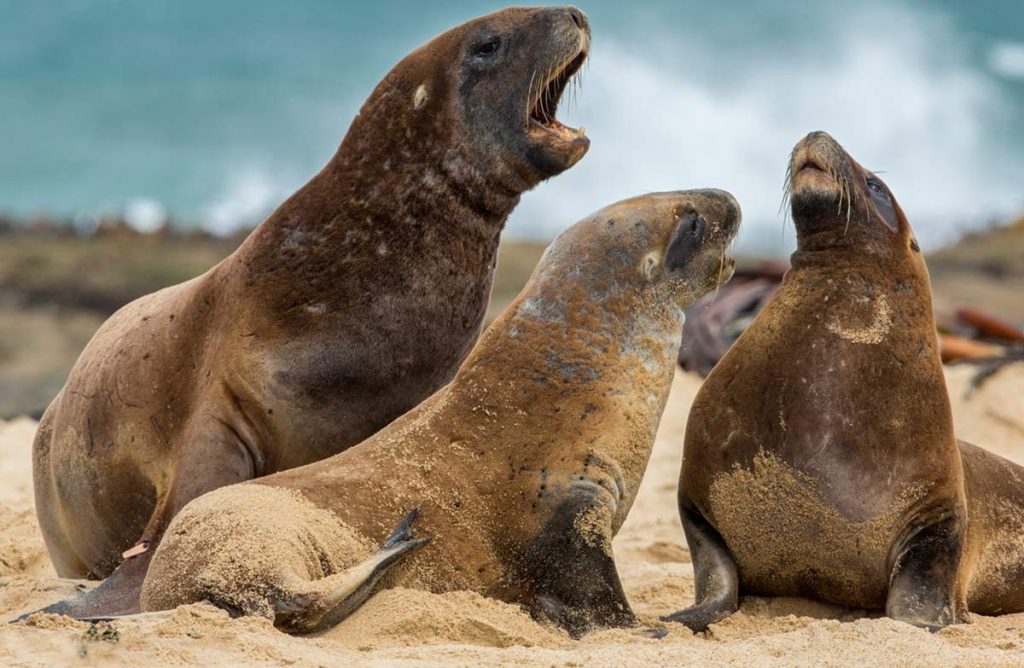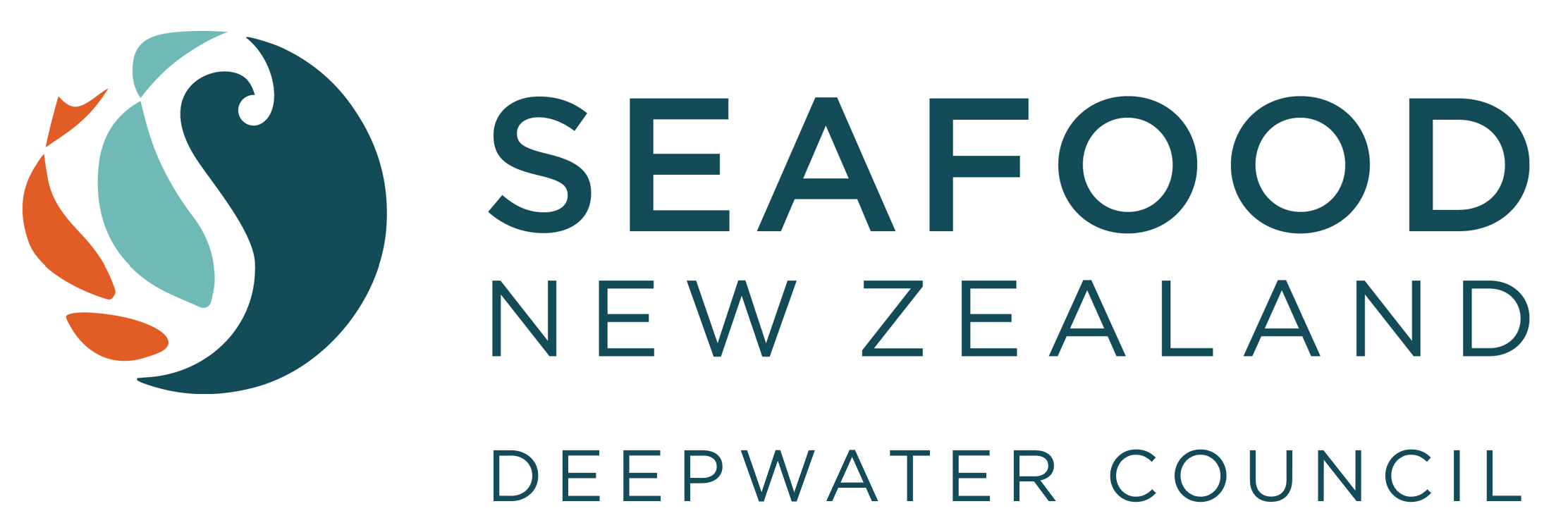Squid fishermen support management to minimise Sea Lion interactions
Published: 14 September 2017

The Ministry for Primary Industries (MPI) has proposed changes to the management of the southern squid trawl (SQU6T) fishery to ensure any interactions with New Zealand sea lions continue to be minimised and to align with the findings in the joint Department of Conservation (DOC) and MPI New Zealand Sea Lion Threat Management Plan (TMP).
The SQU6T fishery overlaps in part with the foraging range of New Zealand sea lions that breed at the Auckland Islands. At times, adult sea lions are incidentally caught in trawl nets targeting squid.
The risks of this fishery interacting with sea lions is managed by MPI through operational plans that have been in place since 1990. The proposed plan released for consultation will replace the existing plan that expires 30 September 2017.
Because of concerns to minimise the occasional interactions with sea lions in this fishery, it is one of the most closely managed and monitored fisheries in New Zealand.
Over 80% of the fishing effort in SQU6T is audited by government at-sea observers who report on each vessel’s performance and any sea lion interactions. All vessels are required to use Sea Lion Exclusion Devices, which are audited by observers against the agreed standards.
These measures have proven successful, reducing sea lion interactions in the SQU6T fishery to between one and four in each of the past five years.
MPI’s consultation paper notes that “the direct impacts of fishing are not the major factor of the observed population change and that the population appears to be stabilising.”
Deepwater Group, which represents SQU6T quota owners, has submitted on the proposals, offering continued support for the SQU6T operational plan and adding suggestions for improving the new measures.
Deepwater Group’s chief executive George Clement said quota owners remain committed to doing all that they can to conserve this important New Zealand species.
“Although fishing interactions have been assessed to be only a minor risk factor for this rare animal, as this is the one activity that we can personally do most about, it is the issue that we are most focused on. We remain committed to reducing fishing interactions to as close to zero as is possible,” Clement said.
Deepwater Group strongly supports conservative management, including maintaining a high level of at-sea monitoring; the continued use of Sea Lion Exclusion Devices; and processes to close the fishery if the level of interactions reaches the level deemed to be a risk to the continued growth of the Auckland Islands population.
This sea lion population is monitored annually by pup counts undertaken by DOC. Between 1998 and 2009, pup numbers on the Auckland Islands declined by 50 percent, principally due to deaths caused by the disease Klebsiella pneumonia, which in some years caused the deaths of 30% percent or more of the new pups.

New Zealand sea lion pup population is stabilising
The pup numbers increased by 14% between 2016 and 2017 (from 1,727 to 1,965 this year).
Mr Clement added that industry is heartened to see this population stabilising, and perhaps increasing, in size after the terrible effects of disease. He urged the government to increase their efforts to understand the effects of this disease on sea lions and to develop measures that will remedy these to ensure this population has a secure future.
